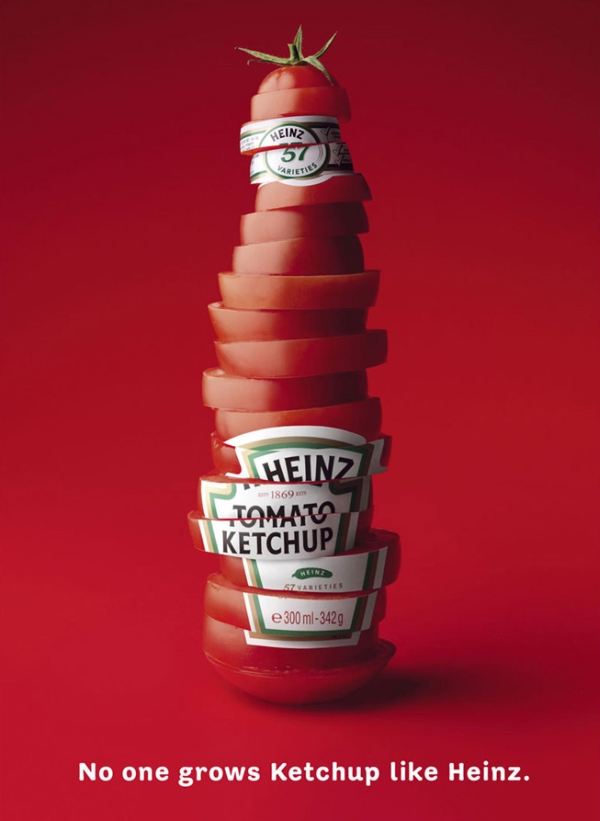The Advertising Plan Outline
This is a very short Advertising plan that I made. It covers the top 3 plans of putting out an advertisement.
Here is the ad I did it for:
This is my Advertisement Plan:
PANTENE PRO-V
1. Situational Analysis:
- Hair products: shampoo, conditioner, gel, volume essentials, sprays
- General description of markets served:
Pantene provides hair styling products to women of all ages. Their main competitors are other hair product companies that supply similar items. (Suave, Treseme, John Freda, Aussie)
– Their methods of distribution are through drugstores, supermarkets, health and beauty sections in Walmart, Target, Costco, and Sam’s Club.
– Women need hair products, so Pantene supplies it to them in a variety of products.
2. Advertising Objectives:
The Advertising Pyramid:
– Awareness: A women needs shampoo, conditioner, or hair products
– Comprehension: Go to the store and looks at all types of shampoo and conditioner and decides compare.
– Conviction: Pros of Pantene against competitor brands (Aussie, Suave, Treseme)
– Desire: Women want their hair to look like what they’ve seen in advertisements or pictures of women that have used this product before.
– Action: Women will buy Pantene over all brands because of the promise of beautiful, long-lasting hair.
3. Advertising (Creative) Strategy:
- The advertisement will present itself to women in the middle age region.
- Product differentiation: Pantene stands out because it’s affordable, but appealing to all types of women (high & low classes).
- Product life cycle: Pantene has hair products for all types of ages, so women buy at times when they need hair products or feel like they want to try something different because of age.
- Classification/Packaging/Branding: classy look, sophisticated with style, appealing to all types of women, not cheaply looking but affordable, stands out over competitors through marketing different products (AgeDefy, Volume Collection, Advanced Keratin Repair, Beautiful Lengths, Curly Hair). World’s #1 Haircare Brand
- Advertising message, layout, design, celebrity, personality of product vs. who uses product, who does the advertisement appeal to?











